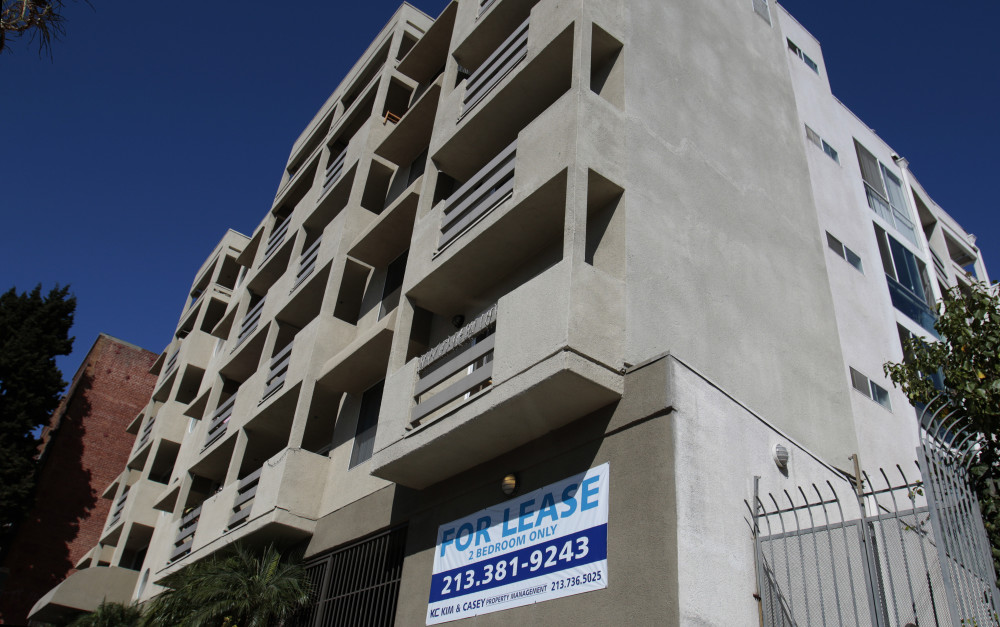By Gail MarksJarvis
Chicago Tribune
WWR Article Summary (tl;dr) During the decade that began in 2005, there has been an unprecedented surge in rental demand for housing. During that period, renter households grew 9 million to 43 million households. Researchers suggest the combination of 8 million homeowners losing homes to foreclosure during the recession and the resulting damage to credit scores kept millions from buying again and forced people into rentals.
Chicago Tribune
For decades, the U.S. has been a standout in the world as the land where people fulfilled the American Dream by owning a home.
Now, in the aftermath of the housing crash and recession, reality is moving in the opposite direction. The U.S. is still known for its large homes and white picket fences, but instead of standing out for its homeownership, it’s the renters whose portraits are emerging, and these are no Norman Rockwell images.
The Harvard Joint Center for Housing Studies just dug into rental trends in the U.S., Canada and Europe and reported that Americans are now average rather than remarkable. About 33 percent of American households rent apartments or houses, placing the U.S. right in the middle of households that rent throughout the nations studied. And from that data point on, the U.S. stands out in unfavorable ways, says the report by Michael Carliner, senior research fellow. Americans are in worse shape than people in any other country when it comes to being able to afford the apartments and houses they rent.
The trend comes after an unprecedented surge in rental demand in the U.S. During the decade that began in 2005, renter households grew 9 million to 43 million households. The combination of 8 million homeowners losing homes to foreclosure and the resulting damage to credit scores kept millions from buying again and forced people into rentals. In addition, Harvard researchers have noted that falling incomes and changing tastes for homeownership after the pain and shock of the crash have contributed to the competition for apartments and rental homes. That surge in demand has sparked large price increases, and high rents have been especially brutal for people with low incomes.
buy viagra super force online www.mydentalplace.com/wp-content/themes/twentytwelve/inc/en/viagra-super-force.html no prescription
Although there has been an increase in affluent millennials and baby boomers renting luxury units in urban downtowns in the past few years, the large majority of people renting in the U.S. and in every country studied have incomes below average.
About 12 percent of renters in the U.S. are in the top fifth of incomes. About 55 percent are in the lowest fifth.
The average household renting in the U.S. has an income of $46,916, while the average household owning a home has an $85,017 income. According to census data, homeownership has dropped from 69.1 percent of households in 2005 to 62.9 households recently, the lowest level since 1965. In most countries, the Harvard study found, the median income among renters was about half that of homeowners.
Carliner highlighted some differences between nations as a starting point toward seeking U.S. affordability solutions.
LIVING RENT-FREE
In some countries, especially Italy, Spain and Austria, a substantial share of people live rent-free as family members or employers provide free housing. In the U.S., free is rare. People may have free rent in jobs such as farmworker, clergy or property caretaker, but only 2 percent of Americans have free rent. That’s 1.8 million households, or 4.5 percent of people who don’t own homes. In Italy, 10 percent of households are living free. That’s about 28 percent of Italians who don’t own homes.
UNAFFORDABLE RENT
Compared with their incomes, housing costs for renters in the U.S. are the highest of any country studied. And the share of Americans with the most severe cost burdens is greater than the other countries. More than 28 percent of renters in the U.S. are devoting more than 50 percent of their gross income to paying rent. That’s far in excess of the rule of thumb, to spend no more than 28 percent on housing.
RELIEF FOR LOW-INCOME RENTERS
Although the degree of income inequality in the U.S. is one reason Americans struggle with their rents, Carliner noted that there is another major reason that affordability is a greater problem in the U.S. than elsewhere.
Only a small share of renters in the U.S. get government help paying for rent compared with other countries, he said. In the U.S., people are provided housing vouchers to cover rents they can’t afford, but the number of those aided is tiny compared to half of all renters in France and the United Kingdom, who benefit from housing allowances. The Netherlands, Sweden and Germany also provide substantial allowances.
___
ABOUT THE WRITER
Gail MarksJarvis is a personal finance columnist for the Chicago Tribune and author of “Saving for Retirement Without Living Like a Pauper or Winning the Lottery.”














































































































































































































































































































































































